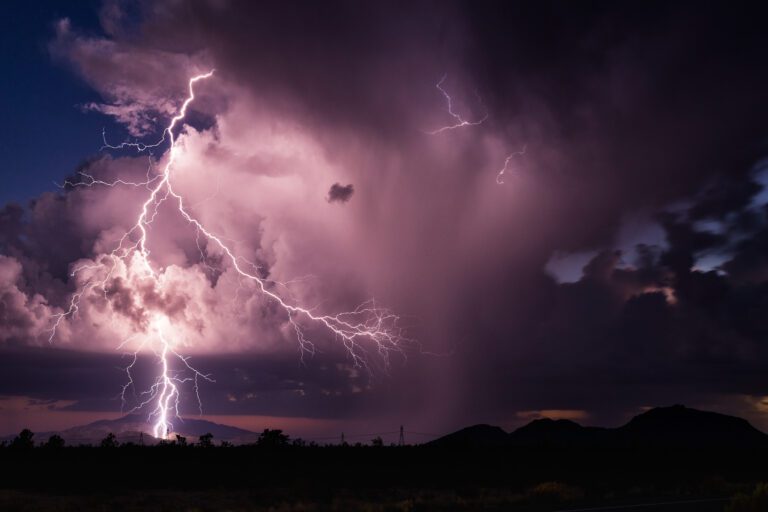The Treatment For Mental Illness: How Did We Get Here?
Recently, my wife read a book called “Hidden Valley Road” by Robert Kolker, which is a true story about a family with multiple children living with schizophrenia. She mentioned parts of the storyline to me, and this triggered a question in my mind about the treatment for mental illness: How did we get here?
In an effort to answer this question, I started digging on the internet.
Wikipedia was my first stop.
The Community Mental Health Act of 1963
On October 31, 1963, then-President John F. Kennedy signed The Community Mental Health Act (CMHA) into law. The purpose of the CMHA was to provide community-based treatment for mental health, as opposed to institutionalization.
If you look at the CMHA, it focused on improving the lives of those living with a mental illness. Also, 1,500 facilities were to be built to provide patients with treatment while they continued to live at home and work. The concept was paved with good intentions, but like many projects, it was never fully realized.
Barely half of the proposed facilities were ever built, and of those none was fully funded. Not to mention, the CMHA did not provide money to run them long-term.
During the Reagan Administration, the rest of the funding set aside for the CMHA at the federal level converted into grants for each state. At that time, many states took the opportunity to save money by closing state hospitals and not spending the money on community-based treatment options. The end result was that many patients ended up in adult homes or even homeless.
Deinstitutionalization
The CMHA led to the release of thousands of patients into the community, but the resources were not properly put in place to provide long-term support to those of us living with a mental illness.
Logistically, with state hospitals, one provider – along with their support staff and nurses – can treat a large number of patients because they are all located on the same floor or wing. Currently, the number of patients needing treatment is spread over a large geographical area – and increasing.
As a result of the 2020 COVID-19 Pandemic, the number of people needing support and treatment has greatly increased and, thus, put an unprecedented demand on the healthcare system as a whole.
Mental Illness vs. Mental Health
I think it is important to make the distinction between the term “mental illness” and “mental health.” Many times, you will see these terms interchanged, but they have different meanings.
A mental illness is a diagnosed psychiatric illness, such as bipolar disorder. It can only be diagnosed by a licensed medical professional.
Mental health is something every person has. It is the overall state of mind of a particular individual, taking into account their environment, stressors, physical health, relationships, coping strategies, and any other variable contributing to a person’s overall mental well-being.
Mental Illness: We Are Here – Now What Do We Do?
Bipolar disorder does not discriminate.
I do not have all the answers, and I do not pretend to. However, we are at a point in time where something needs to be done.
Did you know that the three largest mental health providers in the United States are jails? Yes, you read that correctly – jails!!! These include Cook County in Illinois, Los Angeles County in California, and Rikers Island in New York.
To me, this is unacceptable.
Without resources to treat those of us living with a mental illness, many of us have no place to live, end up on the street, and are in direct fire with those enforcing the law – police officers. It makes sense that a large percentage of us end up in the jail system. Police officers are usually not adequately trained to engage with those living with a mental illness.
Last Thoughts On Mental Illness
Community-based treatment is something I strongly advocate for. However, we will never get there without the right resources and support. There simply are not enough providers and support staff to handle the current need of patients requiring treatment. All my efforts center on advocating for those of us living with a mental illness – specifically, bipolar disorder. That is why I wrote my book This War Within My Mind, launched The Bipolar Battle Podcast, and advocate heavily online and why I created and founded The Bipolar Battle, Inc.
We need to come together.
We need to take action TODAY!







